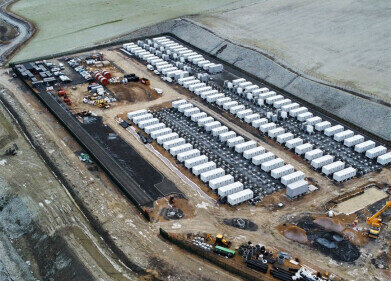-
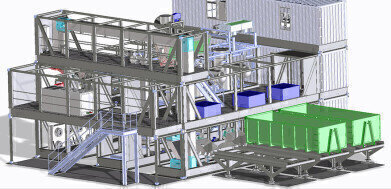 Midi Single Aufgabe
Midi Single Aufgabe -
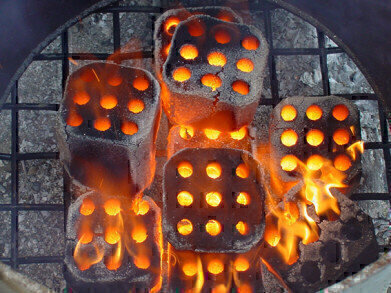 Clean Coal Briquettes
Clean Coal Briquettes -
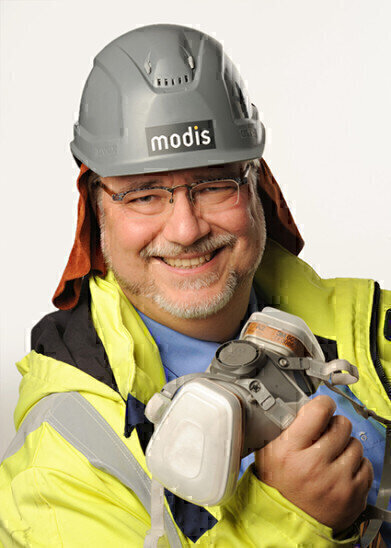 Dirk Gerlach
Dirk Gerlach -
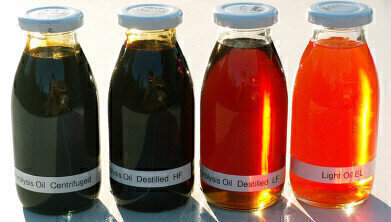 Scrap Tyre Pyrolysis Oils
Scrap Tyre Pyrolysis Oils
Green Energy
Waste to hydrogen and activated carbon
Mar 15 2021
Author - Stephen B. Harrison, Managing Director, sbh4 consulting
Pyrolysis and other thermolysis waste management technologies that were once experimental are now becoming mainstream. Through a better understanding of the optimum operating envelope and feedstocks for each process, their optimum applications are becoming clear. The challenge is to find the best solution to meet the feedstock and desired end-product needs.
“To guide waste processors to the best thermolysis solution, we must determine the facts of each case and then analyse the options to arrive at the most appropriate solution.” That is how Dirk Gerlach, Project Manager for Rotary Kiln Technologies at Modis explains his role. “I tend to differentiate pyrolysis where we have thermal decomposition characteristic of ‘waste2energy’ processing and thermolysis which I refer to as a ‘waste2product’ process.”
The critical success factors for running a successful thermolysis plant include a stable feedstock composition, small and consistent size of feedstock particles and a low and consistent moisture content. A few percent of powdered additives such as lime (calcium oxide) may also be required to ensure that sulphurous and halogenated gases are pulled into the solid-phase coke.
“Our expertise is in producing rotary kilns”, says Gerlach. “Sometimes they are used for pyrolysis, on other occasions they are operated with steam injection and the chemistry is closer to reforming. They are also ideal for treatment of hazardous wastes in highly controlled processing plants. We are actually agnostic to the chemistry that takes place inside the kiln – people come to Modis because they want robust and reliable thermolysis equipment.”
Pyrolysis takes place in the absence of oxygen and without the addition of steam. Reforming requires steam, which can either come from moisture in the feedstock or may be injected to the reactor. In some cases, the reforming reaction is promoted using a catalyst. Gasification is also sometimes categorised as a form of thermolysis and requires the introduction of a controlled amount of pure oxygen. Incineration relies on combustion and takes place with an excess of oxygen, which is generally supplied as air.
Heating the rotary kiln can be achieved using electrical heating from renewable power sources. Gerlach says that “the most common electrical heating elements can achieve 1350 °C. Specialised electrical heating elements can achieve 1600 °C or even up to 2000 °C. The temperature at which pyrolysis takes place influences the product mix. At around 500 °C the process favours pyrolysis oil, or pyoil, and acetic acid, in case of a biogenic feedstock. Moving up to 700 °C we begin to get more methane, or pygas, produced. If hydrogen is the target, the process should be operated at around 900 °C, or higher temperatures.”
“Using two rotary kilns in series can reduce the operating costs of hydrogen production from pyrolysis”, says Gerlach. “The first rotary kiln operates at 500 °C and produced pyoil coke and pygas. The second, smaller kiln, uses a small amount of stem injection and takes the coke from the first kiln to create a hydrogen-rich gas.” The gas flowing from the second pyrolysis reactor can be purified to generate hydrogen for fuel cells or other applications.
Hydrogen is expected to become a mainstream energy vector as decarbonisation deepens. Beyond hydrogen, pyrolysis can also be used to create other high-value products. The char from pyrolysis can be upgraded to yield activated carbon. This is used in breathing-air and drinking-water filtration systems to remove harmful pollutants and protect public health. For these applications, a surface area of around 400 to 450 m2/g of activated carbon is required.
Gerlach says that “hard woods and other hard materials such as coconut shells are ideal for making activated carbon because they produce large granule sizes with very high surface areas. Softer raw materials such as peanut shells or sugar cane bagasse make powdery activated carbon which is less suitable for some filtration applications.”
With a wide range of starting materials and diversity of solid, liquid, and gaseous end products, pyrolysis is becoming a flexible process at the crossroads of the emerging ‘waste-to-products’ sector. It is already established in the circular economy and waste processing sectors. And, since it can readily accommodate biogenic feedstocks such as plant waste, it can also form the heart of a green hydrogen manufacturing process and play an increasing role in decarbonisation.
Events
Apr 22 2024 Hannover, Germany
Apr 23 2024 Kuala Lumpur, Malaysia
Apr 24 2024 Sao Paulo, Brasil
May 05 2024 Seville, Spain
May 13 2024 Munich, Germany



